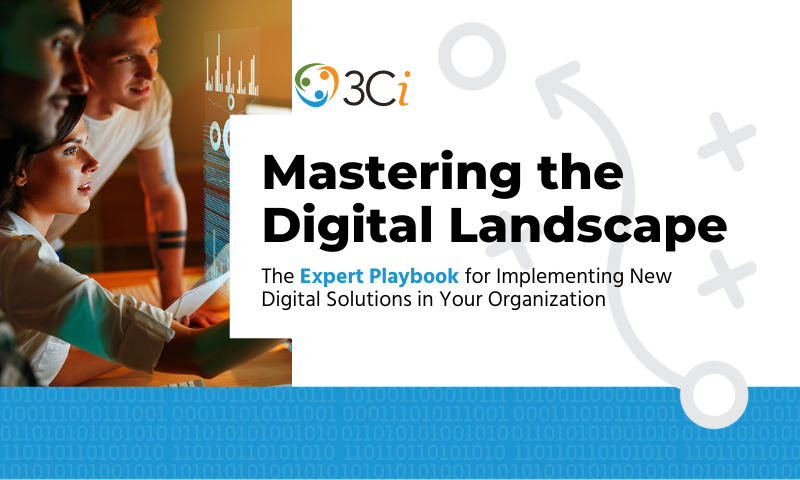In the rapidly evolving digital landscape, the ability to adapt is not just a necessity but a survival skill. Today’s businesses are in a race against time, striving to thrive amidst constant technological advancements that are reshaping the business world and redefining competitive parameters. The push to adapt has never been more pressing.
The current digital landscape is a maelstrom of rapid innovations, presenting businesses with an array of transformative opportunities. According to Gartner, worldwide IT spending in 2024 is projected to grow by a substantial 8%, reaching a total of $5.1 trillion. The scalability and flexibility offered by cloud computing, the profound impact of artificial intelligence, machine learning, and the Internet of Things (IoT) can revolutionize operational efficiency, customer experiences, and data-driven decision-making.
Embracing these key digital trends is no longer optional. It’s crucial for staying competitive, delivering value to customers, and driving business growth.
Crafting a Winning Digital Strategy
Navigating the complexities of the digital domain calls for a well-structured and cohesive strategy that sets the stage for success. By defining clear objectives and key performance indicators (KPIs), organizations can ensure alignment with overarching business goals while providing a framework for measuring progress and success.
Key Components of a Digital Strategy:
- Objectives: Define what your organization aims to achieve through digital transformation. This could be enhancing operational efficiency, improving customer experiences, or exploring new revenue streams.
- KPIs: Establish concrete measurements that will track the effectiveness of the digital strategy, enabling organizations to gauge their progress and make data-driven adjustments as needed.
- Technology Integration: Plan the seamless integration of new technologies into the existing IT infrastructure, ensuring minimal disruption to operations and maximizing the value of investments.
- Change Management: Develop a comprehensive change management strategy to facilitate digital adoption, addressing workforce training and support systems necessary for a smooth transition.
- Risk Management: Proactively identify potential risks associated with digital initiatives and establish mitigating controls to ensure the resiliency and security of digital operations.
Without a strategic foundation, even the most powerful technologies can fail to deliver their full potential, leading to disjointed efforts and squandered resources. A clear-sighted strategy empowers businesses to navigate and capitalize on the digital landscape, turning challenges into opportunities and innovative ideas into tangible outcomes.
The Expert Playbook for Implementing New Digital Solutions
Mastering the digital landscape requires more than just understanding the latest technologies and trends. It involves a strategic approach to implementing new digital solutions in your organization. That’s where our expert playbook comes in.
The playbook provides a comprehensive guide to navigating the digital landscape, from developing a robust digital strategy to managing change effectively. It’s your roadmap to thriving in the digital age, filled with actionable insights and practical tips from industry experts.
Ready to embrace the digital future? Download our playbook, “Mastering the Digital Landscape: The Expert Playbook for Implementing New Digital Solutions in Your Organization,” now and take the first step towards a successful digital transformation.


